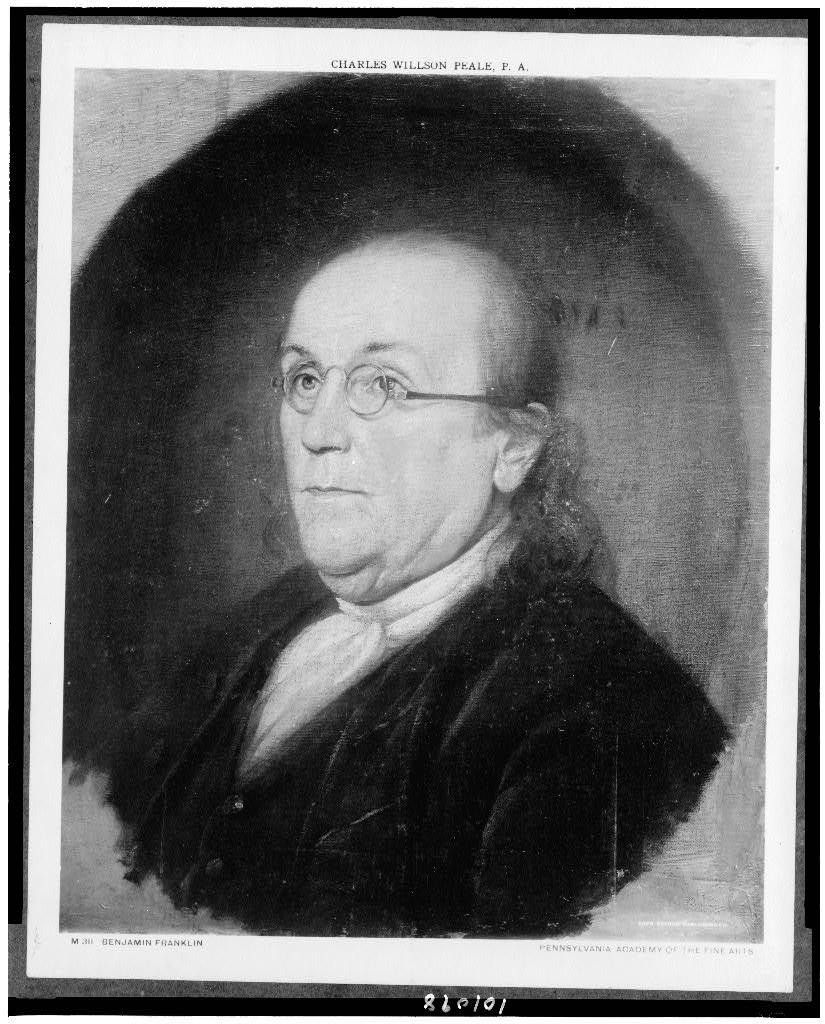British Summer Time (BST) is the period in the United Kingdom when the clocks are advanced one hour forward from Greenwich Mean Time (GMT). But What Time Zone Is Bst exactly, and why do we even have it? This article dives into the history, purpose, and current state of British Summer Time.
| Year | Date |
|---|---|
| 2024 | March 31 to October 27 |
| 2025 | March 30 to October 26 |
| 2026 | March 29 to October 25 |


The Origins of British Summer Time
The concept of daylight saving time wasn’t new. Benjamin Franklin proposed a similar idea back in 1784. However, it was William Willett who championed the cause in Britain. In 1907, frustrated by the wasted daylight during summer mornings, he published “The Waste of Daylight,” advocating for advancing the clocks.
While Willett’s idea was initially met with resistance, the exigencies of World War I spurred action. In 1916, Germany adopted daylight saving time, and the UK followed suit shortly after. The goal was to conserve energy and boost productivity during wartime.
BST During Wartime and Beyond
During World War II (1939-1945), the UK implemented “British Double Summer Time,” which was two hours ahead of GMT. Even during winter, clocks remained one hour ahead of GMT.
After the war, Britain reverted to British Summer Time, with a brief experiment between 1968 and 1971 where clocks were advanced but not put back. This experiment was eventually abandoned because it was difficult to assess whether British Summer Time was helpful.
Is British Summer Time Set to Change?
There have been persistent calls to either revert to British Double Summer Time or permanently adopt British Summer Time. Proponents argue that it would save energy and extend daylight hours in the evenings. However, attempts to change BST, such as The Daylight Saving Bill 2010–12, have failed to pass.
Critics argue that such changes would disadvantage those in the north of the UK, where sunrise would occur as late as 10 am in winter, and children would have to travel to school in darkness.
BST and the European Union
The British Summer Time Act of 1972 formalized the practice of changing clocks in late March and late October. In 2002, the EU standardized this practice, requiring all member states to adjust their clocks on the last Sunday in March and October. Iceland is an exception because of its northerly location and extreme daylight variations.
In March 2019, the European Parliament voted to end seasonal clock changes in EU countries. The initial plan was for the final clock change to occur in 2021. However, the legislation has stalled. EU nations still adjust their clocks seasonally.
Daylight Saving Time Across the Globe
Around 70 countries worldwide use some form of daylight saving time, particularly in Europe and North America. Countries near the equator experience little variation in daylight hours throughout the year, rendering daylight saving ineffective.
Interesting Facts About Changing the Clocks
Louise Devoy, curator of the Royal Observatory, shares some interesting historical insights:
- In 1916, when clocks were first changed, there were concerns about damaging delicate clocks. Newspapers published warnings to reduce clock “casualties.”
- King Edward VII created his own “Sandringham Time” in 1901 by setting the clocks on his estate 30 minutes ahead to maximize daylight for hunting.
Conclusion
So, what time zone is BST? It’s effectively GMT+1 during the summer months. While the debate over the benefits of British Summer Time continues, its history and impact on daily life are undeniable. Whether or not BST remains a seasonal fixture, understanding its origins and purpose is crucial for navigating the changing times.

